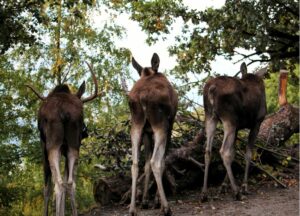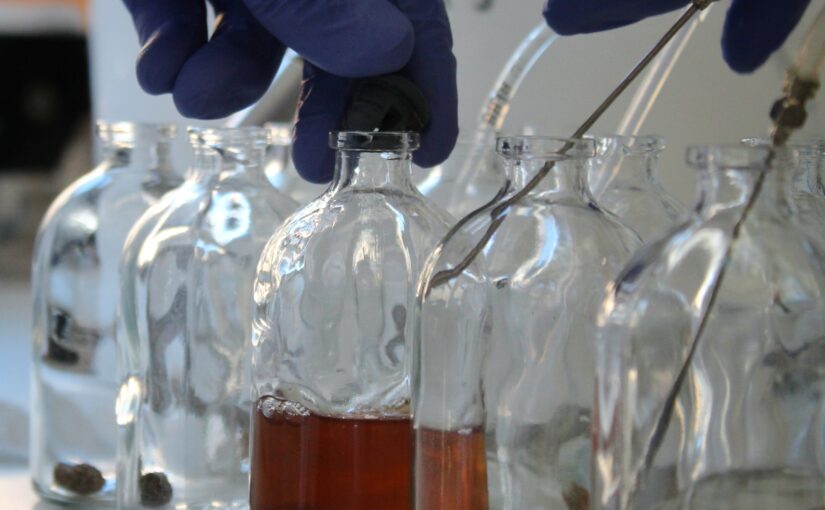In a previous post, we discussed that anaerobic fungi need anaerobic conditions to thrive. Here I will tell you a little bit about the natural habitat of our fungi.
What do you think: where on earth could we find basically oxygen-free places thriving with anaerobic fungi? Down in the deepest, darkest caves maybe? Or on the very bottom of the ocean? Definitely some exotic, mysterious, unexplored corner of the earth that can only be reached by carefully planned expeditions with all sorts of futuristic equipment, right?
Well, unfortunately not. Or at least – not that we know of. Yet. And until we have the time and money to find and explore those mysterious places, we stick to the one anaerobic habitat that is commonly found and a little bit more accessible: the gut.
In the case of our fungi, it is more specifically the gut of herbivorous animals like cows, sheep, goats, deer, etc. Why herbivores? Stay tuned and find out in my next post 😉
Until then, here is a collection of animals that harbor anaerobic fungi in their guts:












